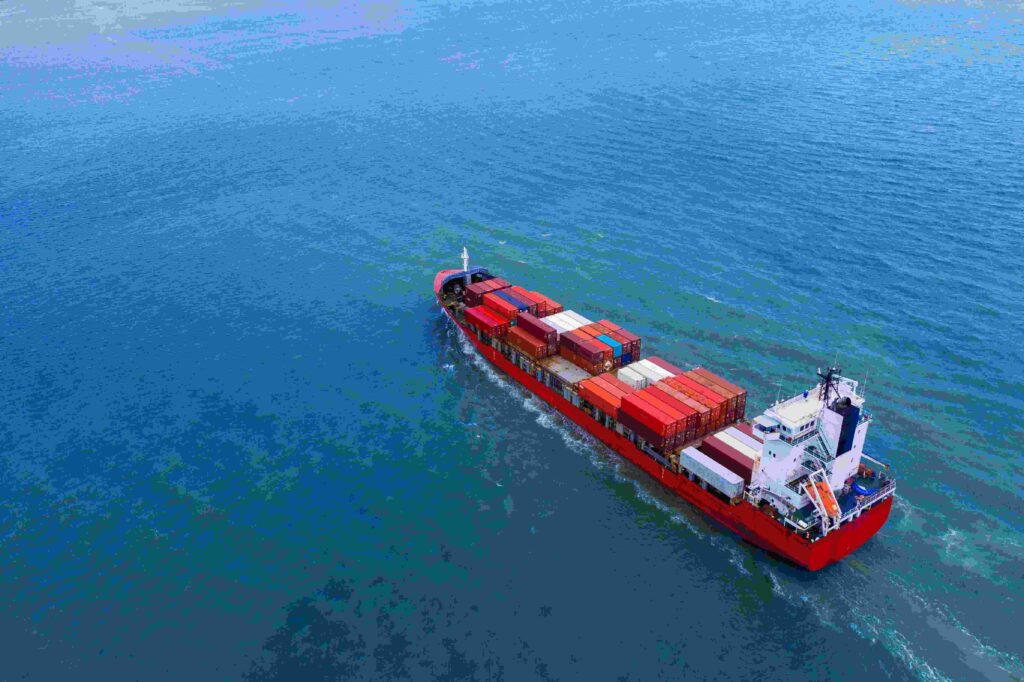Shipping high-value items requires more than just a sturdy box and a delivery label. Whether it’s fine jewelry, electronics, artwork, or collectibles, sending expensive goods demands a combination of strategy, care, and security. Businesses and individuals alike need to explore the best way to ship high value items to prevent loss, damage, or theft.
Here are the practical steps, essential precautions, and specialized solutions to ensure every high value shipment arrives safely at its destination.
What is the Best Way to Ship High Value Items?
Key Takeaways
✔ Before choosing how to ship, evaluate the item’s fragility, value, and sensitivity to determine the appropriate level of protection.
✔ Select carriers experienced in handling high-value goods who offer services like White Glove delivery and climate-controlled transport.
✔ Always package the item using a double-boxing method with high-quality materials to prevent damage and reduce handling risks.
✔ Prevent movement inside the package by using molded foam, air cushions, or custom inserts that tightly secure the item in place.
✔ Purchase third-party insurance based on the full replacement cost to ensure coverage for theft, loss, or damage beyond carrier limits.
✔ Use GPS tracking, milestone notifications, and signature requirements to maintain real-time oversight throughout the shipment process.
✔ Avoid branded or descriptive packaging that could reveal the contents and attract theft during transit.
✔ Take detailed photos and retain receipts, serial numbers, and appraisals to support claims if the item is lost or damaged.
✔ For international or bulk shipments, partner with freight forwarders or 3PLs who can manage customs, secure storage, and delivery logistics.
✔ Prepare for delays or disruptions by choosing flexible carriers, maintaining communication, and having alternate plans ready.

1. Evaluate the Value and Risk Level of the Item
Understanding what you’re shipping—and its risk profile—is the starting point for secure shipping for valuable items. Not all high-value products are created equal. Some require temperature control, others demand impact protection, and some need both. By thoroughly analyzing the item’s unique vulnerabilities, shippers can determine whether they need basic protection or specialized shipping options for high worth products.
Here’s how to evaluate risk and value effectively:
- Determine Monetary vs. Sentimental Value: A diamond ring and a family heirloom may be similar in size but vary drastically in monetary and emotional worth. Both deserve tailored shipping approaches.
- Assess Fragility: Is the item easily breakable or sensitive to motion? Artwork, antiques, and electronics often require shock-absorbing materials and gentle handling.
- Consider Replaceability: Custom products, one-of-a-kind pieces, or discontinued items are not easily replaced. These merit the highest levels of precaution during a high value shipment.
- Account for Dimensions and Weight: Larger items may require crating or palletizing, while small items might need concealment and extra padding.
- Evaluate Environmental Sensitivity: Items such as medical devices, wine, or fine art may be affected by temperature, humidity, or pressure changes, necessitating climate-controlled transport.
- Factor in Shipping Distance: Longer transit times or international routes introduce more handoffs and increase exposure to risk. In such cases, freight forwarding for high-end merchandise is often more secure.
2. Choose a Trusted and Specialized Carrier
Cargo theft is a serious risk in transit. In fact, the average value per theft in 2021 was $172,340, totaling an estimated $57.9 million in losses across the U.S. and Canada in a single reporting period. These numbers highlight the importance of working with carriers that prioritize high-value shipment security. Choosing the right carrier is fundamental to ensuring the best way to ship high value items
Key factors to consider when selecting a specialized carrier:
- Experience with High-Value Shipments: Look for providers that frequently handle luxury goods, medical devices, or sensitive electronics. Their operational processes are typically designed for secure shipping for valuable items.
- Declared Value and Liability Coverage: Carriers like FedEx, UPS, and DHL offer declared value shipping. However, their coverage may be limited. It’s critical to understand what is actually covered in case of loss or damage.
- White Glove Services: For ultra-sensitive or priceless items, choose a service that includes indoor pickup and delivery, unpacking and setup, and real-time tracking with chain-of-custody logs. These services significantly reduce the risk of damage or loss during a high value shipment.
- Climate-Controlled Logistics: If your item is temperature- or humidity-sensitive, ensure the carrier offers environmental control during transit. This is especially important for fine art, cosmetics, and pharmaceuticals.
- Driver Vetting and Security Protocols: Some carriers conduct background checks, enforce signature protocols, and offer tamper-proof transport—all hallmarks of freight forwarding for high-end merchandise.
- Global Reach and Customs Experience: If shipping internationally, your carrier should provide end-to-end customs handling, bonded warehousing, and full regulatory compliance to minimize delays and exposure
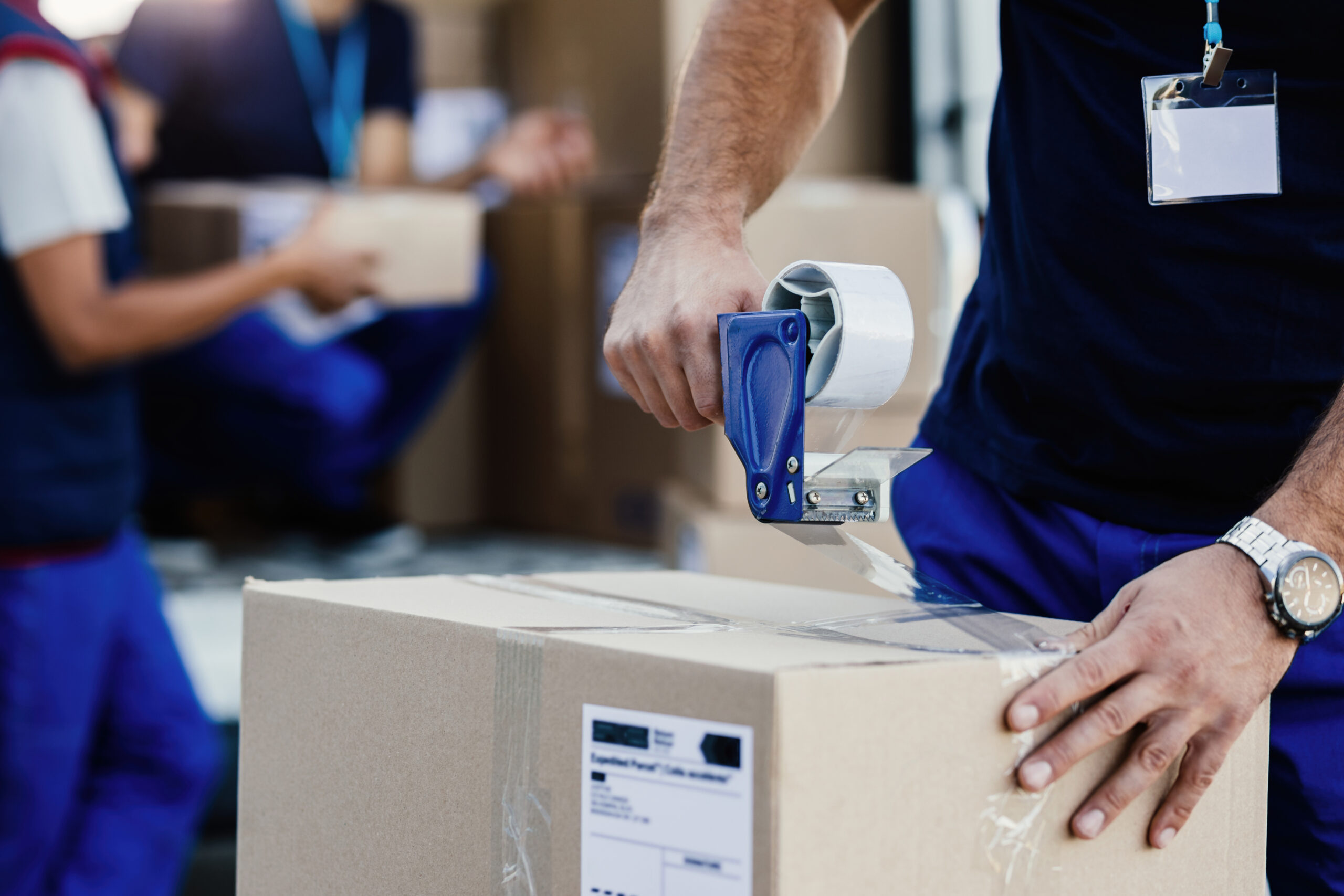
3. Use the Most Secure Packaging Methods
Even the best carrier can’t prevent damage if the packaging fails. For a high value shipment, packaging is a security measure. Investing in the right packaging ensures your high value shipment arrives intact and reduces the chance of disputes or insurance claims.
Apply these packaging best practices:
- Double-Boxing: Place the item in a small box cushioned with foam or bubble wrap. Then place that box inside a larger one with extra padding. This method helps absorb shock and reduces damage risk from drops.
- Use Industrial-Grade Materials
-
- Tape: Reinforce all seams with heavy-duty tape to prevent tampering.
- Padding: Choose foam inserts for high-impact resistance.
- Corner Protectors: Especially useful for framed items, electronics, or glassware.
- Minimize Movement: Ensure the item does not shift inside the box. Movement leads to breakage. Use air pillows, molded foam, or custom-cut inserts to hold the product in place.
- Waterproof and Anti-Static Layers: Electronics and paper-based items benefit from anti-static bags or waterproof pouches to protect against moisture and static discharge during a high value shipment.
- Discreet Exterior Packaging: Avoid branded boxes or labels indicating the contents are valuable. Keeping things nondescript is a core principle of secure shipping for valuable items.
- Seal with Tamper-Evident Tape: If the package is opened in transit, tamper-proof tape will leave clear evidence. This is useful for filing insurance claims or deterring theft.
- Test Before You Ship: If you’re unsure, perform a drop test or shake test. If you hear movement or the box caves easily under light pressure, reinforce it before shipping.
4. Insure the Shipment Appropriately
Insurance is a critical component of any high value shipment. While it may seem like an optional add-on, proper coverage is essential for financial protection should anything go wrong during transit. Insuring your shipment is one of the smartest investments you can make when selecting shipping options for high worth products.
Here’s how to handle insurance effectively:
- Understand the Limits of Declared Value: Declared value increases a carrier’s financial liability but does not replace full insurance. Payouts are often limited and may not cover the full cost of the item.
- Explore Third-Party Insurance Options: External insurers provide flexible and comprehensive policies. These companies often cover luxury items, collectibles, and other goods that carriers typically exclude.
- Base Coverage on Full Replacement Cost: Estimate what it would cost to replace the item today, including shipping fees and taxes. Insuring a lower amount may save a few dollars, but it puts you at greater risk.
- Include Protection Against Multiple Risks: Ensure the policy includes coverage for theft, loss, accidental damage, and handling issues during customs or storage. This is especially important for long-distance or international shipments.
- Review Policy Details Thoroughly: Understand what is excluded, the conditions under which a claim is valid, and whether the packaging must meet specific standards.
5. Opt for Tracking and Signature Confirmation
Real-time oversight during transit is essential for the secure shipping of valuable items. Tracking and signature confirmation help ensure the package stays visible and secure from the time it leaves to the moment it arrives. Tracking and delivery confirmation are essential parts of the best way to ship high value items, offering peace of mind through transparency and control.
Here’s how to enhance tracking and delivery control:
- Use GPS-Enabled Tracking: Advanced GPS devices offer accurate, real-time updates on a package’s location, including alerts for delays or unauthorized detours.
- Enable Delivery Notifications: Set up email or SMS alerts for every major delivery milestone. These notifications help recipients prepare and reduce the risk of missed deliveries.
- Require a Signature Upon Delivery: Choose options that require a signature from the recipient. For additional security, request an adult signature or verified ID to confirm receipt.
- Implement Timestamped Scanning: Use carriers or logistics providers that log handling times at every checkpoint. This creates a clear audit trail and supports accountability.
- Prevent Unattended Deliveries: Avoid leaving packages on porches or in lobbies. Schedule deliveries during hours when someone will be present or opt for hold-at-location services.
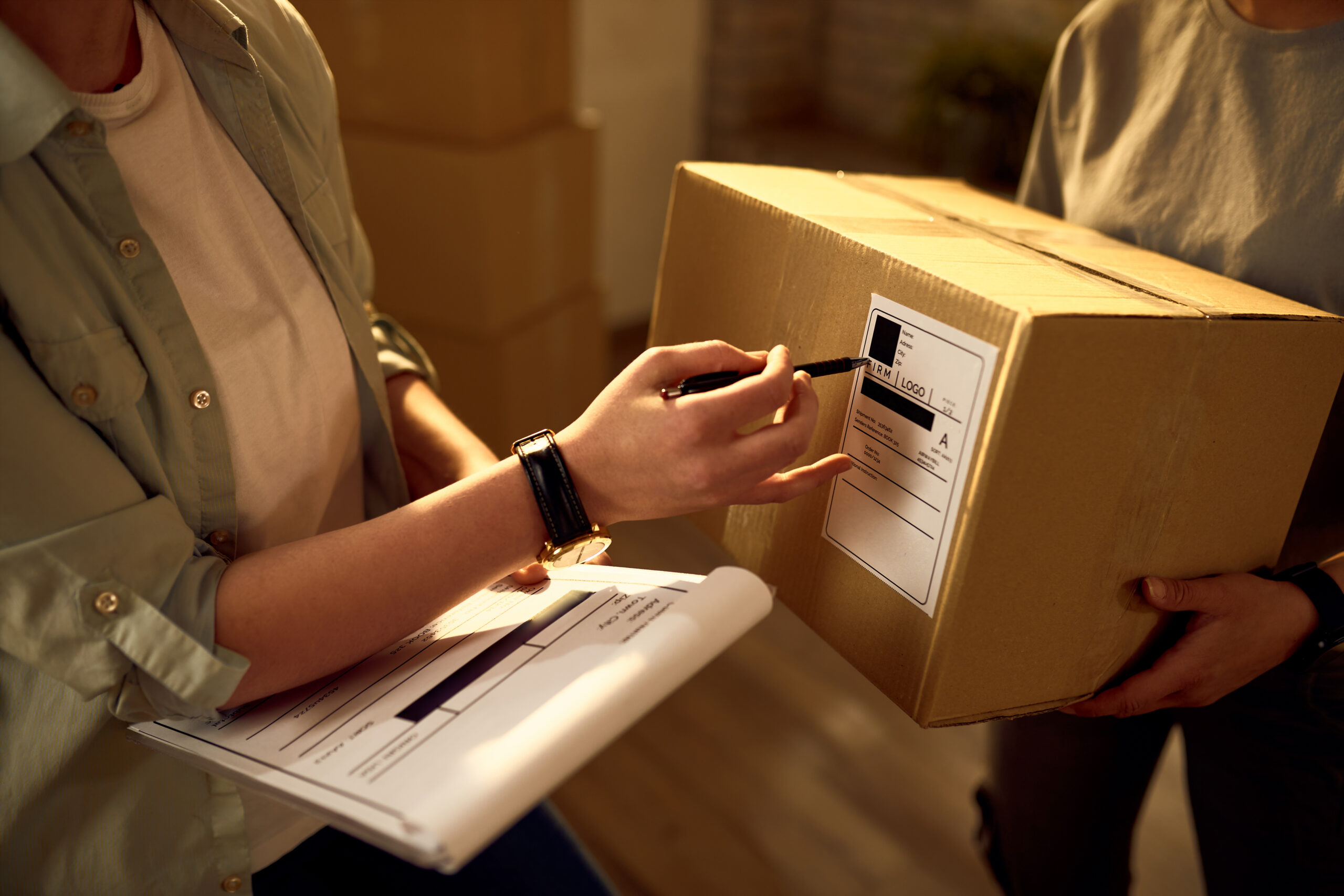
6. Label Discreetly to Avoid Drawing Attention
How a package looks on the outside can greatly impact its safety during transit. For any high value shipment, low-profile packaging is a key strategy in theft prevention. Discreet labeling is a subtle but powerful element in secure shipping for valuable items, helping ensure that your shipment reaches its destination without unnecessary attention.
Here’s how to keep your shipment under the radar:
- Use Unbranded, Plain Boxes: Avoid using packaging that includes brand logos, product names, or any design elements that may suggest the value of the contents.
- Skip Descriptive or Attention-Grabbing Labels: Do not mark boxes with terms like “fragile,” “valuable,” or “electronics.” These attract attention and increase the likelihood of theft.
- Place Documentation Inside the Box: Invoices and product descriptions should be enclosed, not attached to the outside of the package. This limits access to sensitive information.
- Avoid Decorative Tape or Wrapping: Stick to neutral materials like brown cardboard and clear or standard packing tape. Flashy tape can make a package more noticeable during transit.
- Use a Generic Return Address: Instead of a luxury brand or specific product name, list a company alias or general sender name. This approach is common in freight forwarding for high-end merchandise.
7. Document and Photograph the Item Before Shipping
Visual and written records provide proof of the item’s condition and details prior to shipping, which are essential in the event of a dispute or insurance claim. Proper documentation protects both the sender and recipient and is a required step when working with shipping options for high worth products that involve insurance or carrier liability.
Here’s how to properly document your item:
- Take Timestamped Photos from Multiple Angles: Photograph the item in high resolution from the top, sides, and bottom. Include close-ups of delicate areas, serial numbers, and brand markings.
- Photograph the Packaging Process: Capture images of the item being packed, including internal protective layers and the sealed exterior box. This helps verify that the packaging was adequate and secure.
- Record All Identifiers and Documentation: Maintain digital and hard copies of serial numbers, receipts, authentication papers, and appraisals. These provide proof of ownership and value.
- Store Records in Multiple Places: Save your documentation in both physical and cloud-based storage to prevent data loss. Share copies with relevant parties if necessary.
- Use a Standardized Checklist: Create a shipment checklist that includes photo logs, item details, and insurance records. This ensures consistency across multiple high value shipments.
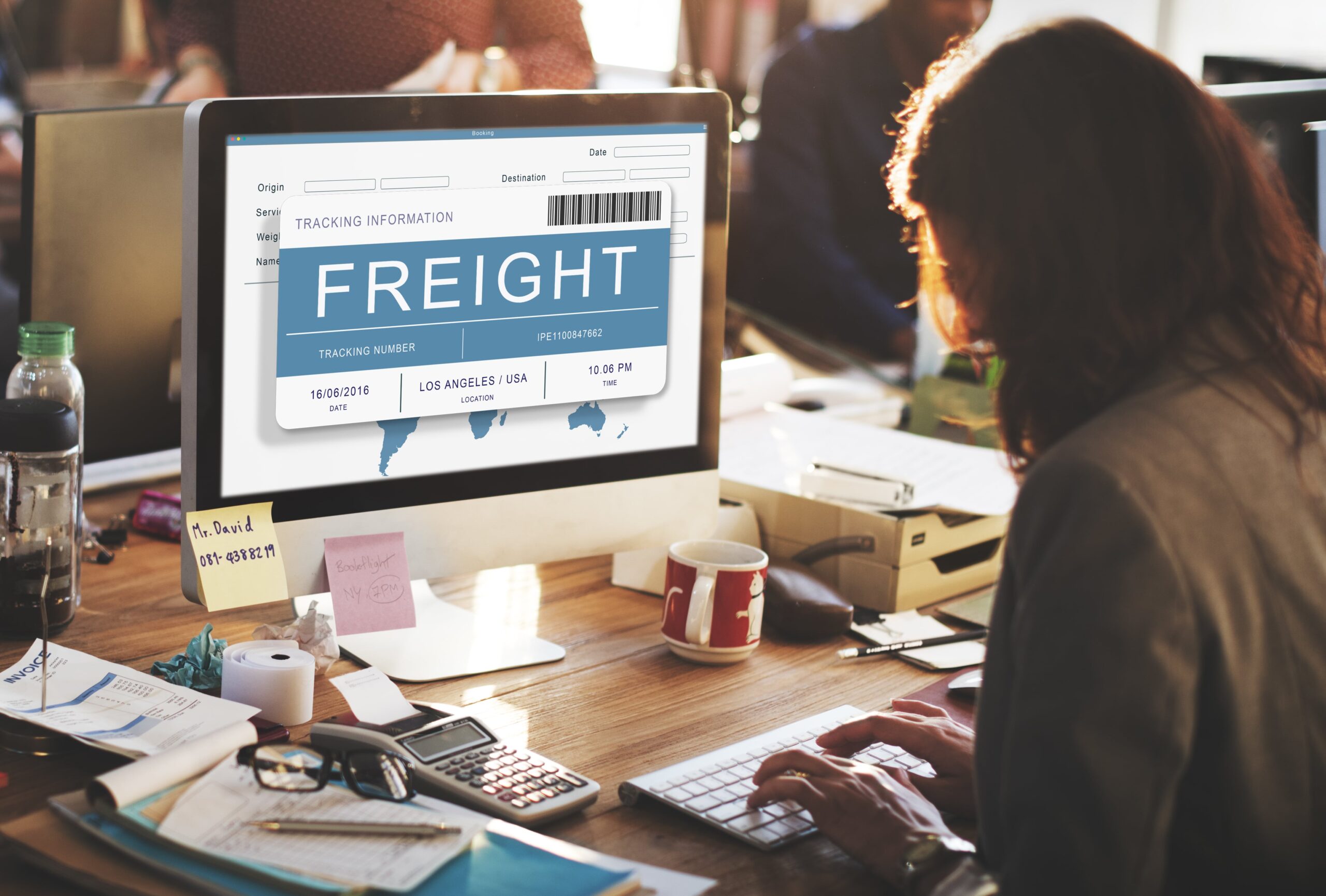
8. Consider Using a Freight Forwarder or Third-Party Logistics Provider
For complex, large-scale, or international high value shipments, freight forwarders and third-party logistics (3PL) providers offer advanced solutions that go beyond standard courier services. Once goods are in transit, 3PLs often manage tasks like shipment tracking, delivery updates, and customs clearance. Using freight forwarding for high-end merchandise is a strategic move for businesses or individuals who prioritize precision, reliability, and high security.
Here’s why they matter:
- Act as Coordinators Between Shippers and Carriers: Freight forwarders manage logistics, documentation, and compliance, ensuring your shipment moves efficiently through each phase of transport.
- Offer Consolidation and Secure Storage: These services can group multiple items into a single shipment and store them securely in bonded warehouses before or after transit.
- Provide Expert Handling and White-Glove Services: High-end providers offer trained staff to handle delicate or luxury items, minimizing risk and ensuring secure shipping for valuable items.
- Manage Customs and Regulatory Compliance: For international shipments, they ensure all import/export paperwork is completed correctly, reducing the chance of customs delays or penalties.
- Integrate Real-Time Monitoring and Chain-of-Custody Tools: Technology-driven 3PLs offer advanced tracking, environmental sensors, and delivery authentication systems to monitor each high value shipment.
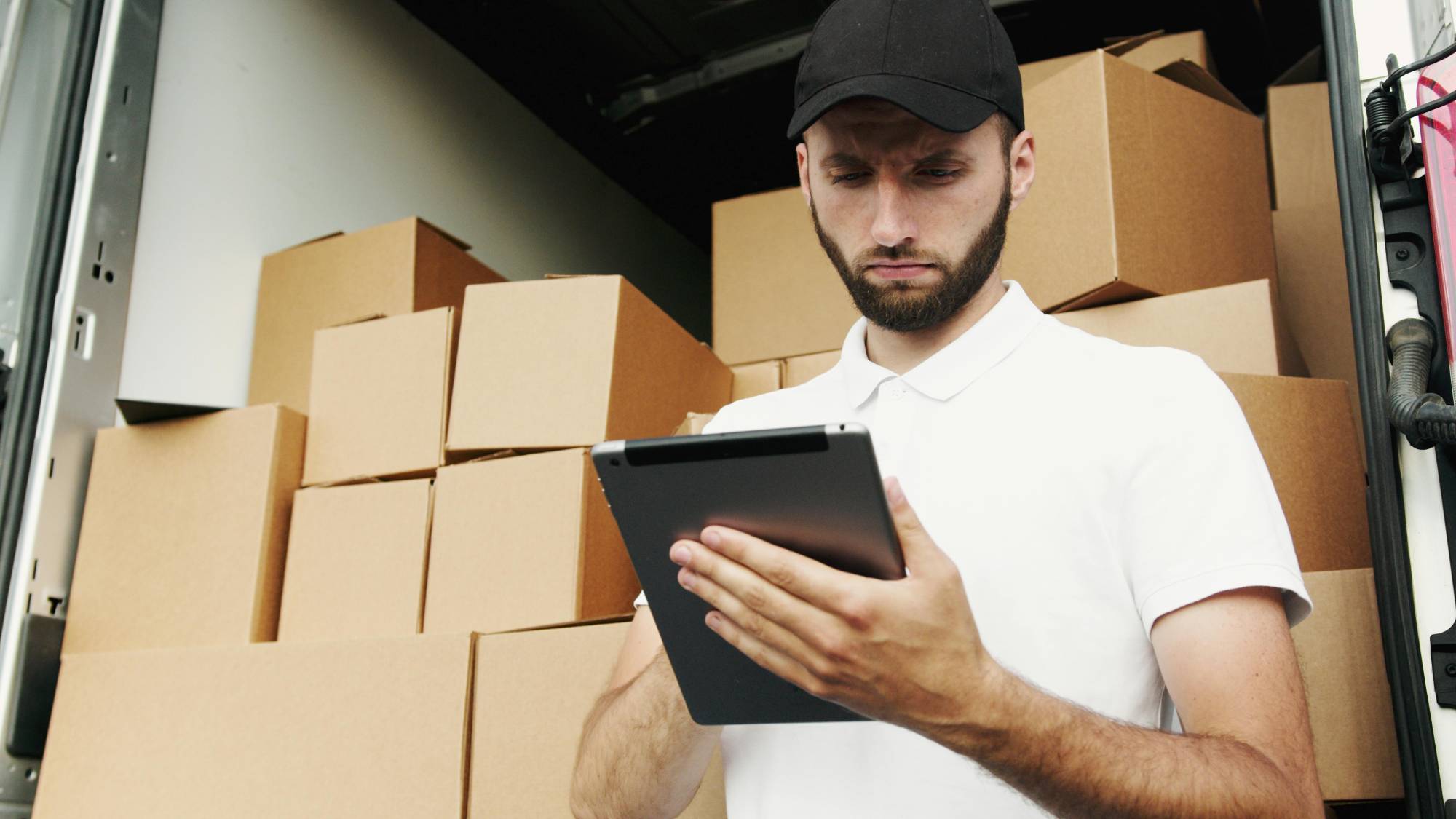
9. Verify the Recipient’s Information
Verifying delivery details is one of the most basic yet overlooked steps in achieving secure shipping for valuable items. A small error can result in a lost or delayed package—something you can’t afford with expensive goods. Accurate delivery details are essential to executing the best way to ship high value items without incident.
Here’s how to ensure accuracy:
- Double-Check All Recipient Information: Confirm the recipient’s name, full address, phone number, and email. Small typos can cause big delivery problems.
- Avoid Unreliable Drop-Off Points: Never ship high value items to P.O. boxes, parcel lockers, or public mail rooms. Choose secure, staffed locations whenever possible.
- Confirm Business Hours or Delivery Availability: If sending to a workplace, make sure someone is available during the delivery window to accept and sign for the package.
- Send Advance Notifications: Inform the recipient of the expected delivery time and tracking number. This increases the chance that someone will be ready to receive the shipment.
- Use Delivery Appointment Scheduling: Some services allow you to set a specific delivery time. This minimizes exposure and is particularly useful for time-sensitive shipments.
10. Plan for Contingencies
Even the best-laid shipping plans can face obstacles. That’s why it’s important to prepare for unexpected disruptions—especially when managing shipping options for high worth products. Contingency planning strengthens every part of the shipping process and ensures that a high value shipment is not only well-protected—but well-prepared.
Here’s how to build a strong contingency plan:
- Identify Potential Risk Factors: Consider what could go wrong—bad weather, customs clearance delays, strikes, or rerouting due to geopolitical issues.
- Choose a Carrier with Flexible Solutions: Work with providers that offer alternate shipping paths, storage capabilities, and the ability to reroute in real time.
- Maintain Active Communication Channels: Keep in touch with both the carrier and the recipient. Quick updates help everyone react faster to changing conditions.
- Establish Backup Storage or Delivery Locations: Have access to temporary storage or redirection services if delivery must be postponed or changed mid-route.
- Use Services with Real-Time Alerts: Choose a logistics partner that offers 24/7 monitoring, delivery exception alerts, and support from a dedicated team. This is common in freight forwarding for high-end merchandise
Frequently Asked Questions
What is the best way to send an expensive item?
The best way to send an expensive item is to use a trusted carrier with tracking, insurance, and signature confirmation. Package the item securely using double-boxing and tamper-evident materials. Consider discreet labeling and documenting the item’s condition before shipping.
Does UPS ship high value items?
Yes, UPS offers declared value coverage for high value items and supports signature confirmation and tracking services. For very expensive goods, additional insurance and specialized handling may be recommended. Always confirm coverage limits and requirements before shipping.
What is the cheapest way to ship a lot of stuff?
The cheapest method typically depends on size, weight, and distance, but ground shipping or freight services are often the most cost-effective for bulk shipments. Consolidating packages and using flat-rate options can also lower costs. Comparing carriers and using third-party shipping platforms may save even more.
How can I reduce shipping costs?
You can reduce costs by minimizing package weight and dimensions, using flat-rate boxes, and consolidating shipments. Choosing slower delivery speeds and comparing carrier rates also helps. For businesses, negotiating volume discounts or partnering with a 3PL provider can yield long-term savings.
What is the most secure delivery method?
The most secure delivery method involves GPS tracking, adult signature confirmation, insurance, and discreet packaging. Services like White Glove delivery or bonded couriers offer extra protection for high value shipments. Choose a carrier with experience handling valuable or sensitive goods.
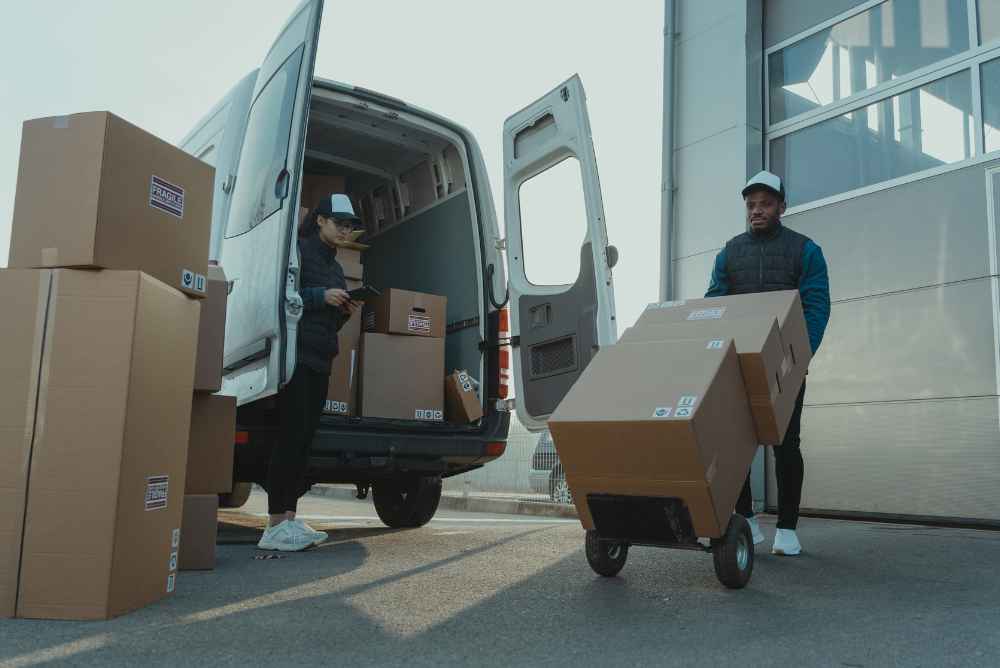
Ship with Confidence — Partner with 3PL Logistics By Best in NYC!
When it comes to shipping high-value items, don’t take unnecessary risks—choose a logistics partner that specializes in secure, reliable delivery. 3PL Logistics By Best offers full-service solutions tailored for residents and businesses in New York City, including warehousing, packaging, freight forwarding, and real-time tracking for peace of mind.
Whether you’re shipping luxury goods, sensitive equipment, or large volumes, 3PL Logistics By Best has the infrastructure, experience, and dedicated support to ensure your valuables are protected every step of the way.
Ready to elevate your shipping strategy? Contact 3PL Logistics By Best in New York City today!

